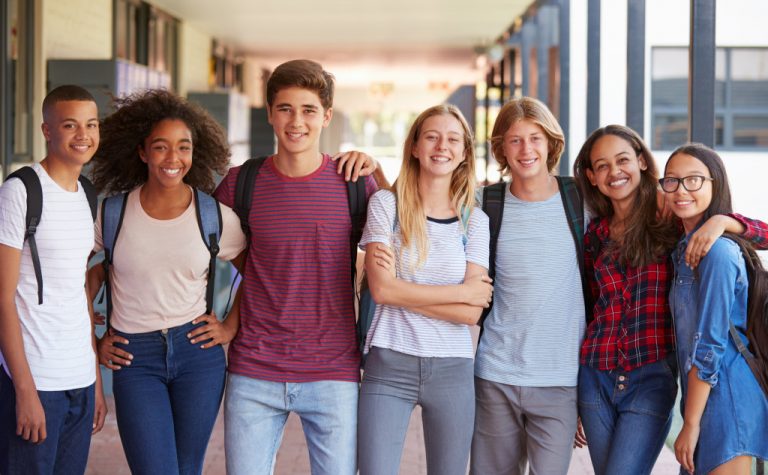High school students missed out on a whole school year because of the pandemic. Thankfully, online classes allowed them to catch up with their lessons. But the high school experience isn’t complete without being on the campus. It’s a lot more enjoyable to meet your friends, eat at the cafeteria, and spend the weekends hanging out.
Hence, students were thrilled that schools reopened last month. But their expectations might not have been met because of the health protocols. Students and teachers have to stay at least six feet apart from each other. It made break times less enjoyable because groups of friends could not huddle like they used to before.
Not that students are protesting; they understand the risks and are afraid of catching the virus themselves. But high schoolers are known to be impulsive and a little too fond of risks. They tend to believe nothing’s going to happen to them until something happens.
Because of this, some schools may have a hard time disciplining their students. But resorting to an iron rule isn’t going to help in their case. Before adjusting any policies, schools could learn something from their students, then make the necessary adjustments.
What Students Think of Going Back to School
-
COVID-19 is scary, but they feel fortunate to be able to go back to school.
Students respect the new rules, which include wearing a mask and social distancing at all times. The rules changed their perspective, making them more appreciative of their routines. Whenever they feel tired of school, they remember that they’re lucky enough to study on campus instead of online. Unlike remote students, they can now engage in extracurricular activities and join clubs.
-
Teachers make them feel welcome and safe.
Many students appreciated how their teachers welcomed them back to school. They were given positive words and good vibes, helping them look forward to life on campus. Some students enjoyed more freedom, such as using their phones as long as they completed their tasks first.
-
The changes are confusing.
While school remains pleasant for the most part, the new normal get can be confusing for students. Aside from following health protocols, students also found themselves with easier schoolwork. Apparently, it would make them understand what work would be like in the future.
The changes vary by school, of course, but generally speaking, this school year is unlike anything students have ever experienced before. While clubs and other socializing opportunities remain open for them, students can no longer convene without masks and staying apart from one another. They won’t likely go on any school trip soon or sleepovers with their friends because their parents won’t allow them. In time, these restrictions could take a toll on a teen’s mental health, either causing anxiety or stirring rebellion.
Ways to Make High Schoolers Follow Rules Willingly

Since school administrators want the best for their staff and students, they can be a little too strict in imposing the new policies. They might carry out punishments for misbehaving students, for example. But administrators and teachers should treat the health protocols not as a disciplinary measure but as a safety measure.
During this period, teachers and administrators should exercise empathy. After all, all of us are affected by this pandemic, not just the workers. Students miss the authentic high school experience, which involves socializing, learning new skills, and seeing different places. Naturally, the restrictions can make them feel suffocated.
So these are some suggestions to make the rules easier to follow:
-
Allow students to eat lunch at their desks or in small groups.
Instead of requiring everyone to go outside during lunch, let some students eat at their desks or with a small group outdoors. This will invoke a sense of normalcy and let students mingle with each other. Forcing everyone apart, including vaccinated ones, can only increase their sense of isolation and uncertainty.
-
Let clubs use open-air spaces for high-risk activities.
Some clubs, like the choir, band, or cheerleading clubs, were prohibited from performing activities during the pandemic because they barely allowed social distancing. However, if all club members tested negative and are unlikely to be spreaders, they should be allowed to conduct their activities as long as it’s in open-air spaces. This will enable students to enjoy the club activities they always look forward to.
-
Enlist a professional’s help in managing risks.
Lastly, for the school administrators’ peace of mind, they can enlist a professional emergency response team, like that from Critical Path Solutions, for help in managing risks. With their assistance, schools can focus on their educational programs without worrying that their students and teachers would get sick.
The pandemic is a hard time for everyone, so cooperation is essential for us to beat this virus. If students struggle to follow the rules, then it’s their school’s responsibility to make adjustments.




